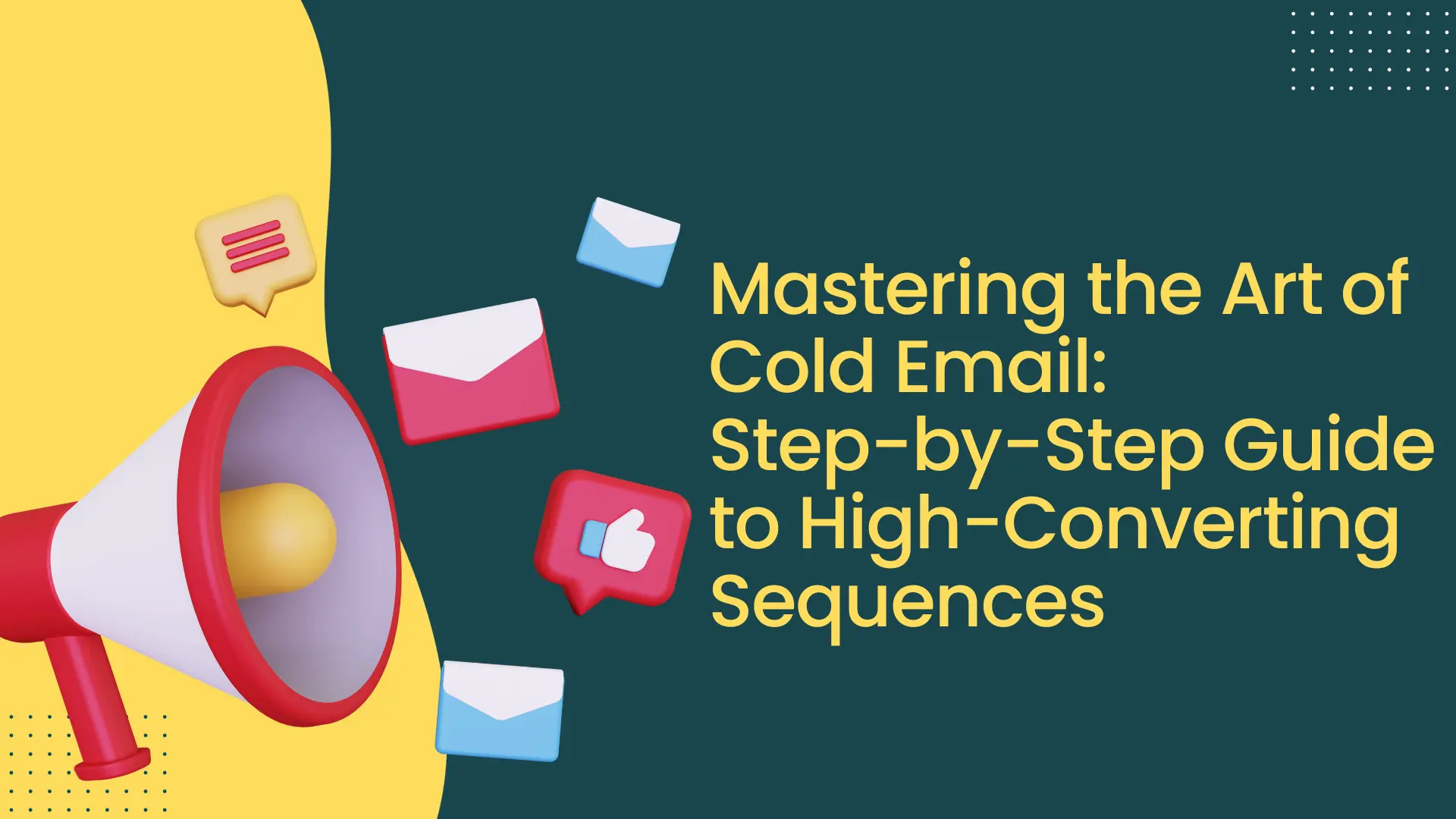Master Cold Emailing: High-Conversion Sequences Guide
 Published by Bulk Mail Verifier
Published by Bulk Mail Verifier
Introduction to Cold Emailing
Cold emailing is a powerful tool for reaching out to potential clients with whom you have no previous relationship. Unlike spam, cold emails serve a legitimate business purpose by offering relevant information to targeted prospects. Mastering the art of cold emailing can significantly enhance your email marketing efforts.
What Is Cold Email?
A cold email is a message sent to a contact without a prior relationship. It differs from spam by focusing on legitimate business purposes and relevant offers. Cold emails share similarities with cold calls, aiming to make a personal connection and achieve a business outcome that benefits both parties.
Examples of Cold Emails
- Sales Email: Reach out to a CEO or decision-maker to set up a demo.
- Industry Networking: Connect with peers to build brand awareness.
- Investor Outreach: Initiate a relationship with potential investors.
- Job Inquiry: Contact companies about potential job openings in your field.
Writing a High-Converting Cold Email Series
Crafting a high-converting cold email sequence involves capturing attention and prompting action. Every element, from the subject line to the CTA, should be designed for conversions. Personalization, relevance, and social proof are crucial.
Step 1: Identify Your Target Audience
Determine your audience's interests, job titles, industries, and demographics. Tailor your message to resonate with their needs and build a personal connection.
Step 2: Determine Your Campaign Goals
Set clear goals using the SMART framework: Specific, Measurable, Achievable, Relevant, and Time-bound. Example: Increase sales by 20% over three months with targeted emails.
Step 3: Create Eye-Catching Subject Lines
The subject line is your first impression. Craft intriguing and personalized lines to increase open rates. Avoid misleading or all-caps text.
Step 4: Write Compelling Email Copy
Engage your audience with conversational and problem-solving copy. Use storytelling and avoid jargon. Consider templates and AI writing tools to enhance your message.
Step 5: Add Social Proof and a Call to Action
Incorporate testimonials or awards to build trust. Use clear CTAs to guide the reader's next steps, like scheduling a call or signing up for a trial.
Step 6: Test and Refine Your Sequence
Use A/B testing and tools like an email checker to optimize your emails. Adjust based on performance data.
Step 7: Monitor and Track Results
Follow up with non-responders using a well-designed sequence. Track metrics like open, click, and response rates to refine your strategy.
Conclusion
Mastering cold email sequences can dramatically improve your outreach efforts. Remember to validate your email lists with services like BulkMailVerifier.com to enhance deliverability and ensure your messages reach the right inboxes. Start crafting your high-converting sequences today and watch your engagement soar.